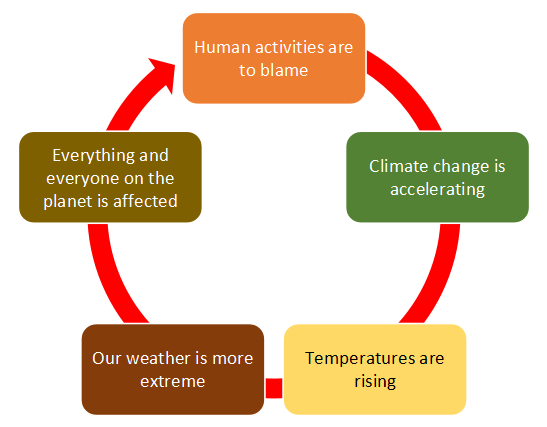- Courses
- GS Full Course 1 Year
- GS Full Course 2 Year
- GS Full Course 3 Year
- GS Full Course Till Selection
- Answer Alpha: Mains 2025 Mentorship
- MEP (Mains Enrichment Programme) Data, Facts
- Essay Target – 150+ Marks
- Online Program
- GS Recorded Course
- NCERT- First Ladder
- Polity
- Geography
- Economy
- Ancient, Medieval and Art & Culture AMAC
- Modern India, Post Independence & World History
- Environment
- Governance
- Science & Technology
- International Relations and Internal Security
- Disaster Management
- Ethics
- Current Affairs
- Indian Society and Social Issue
- CSAT
- 5 LAYERED ARJUNA Mentorship
- Public Administration Optional
- ABOUT US
- OUR TOPPERS
- TEST SERIES
- FREE STUDY MATERIAL
- VIDEOS
- CONTACT US
Greenhouse Gas Bulletin
Greenhouse Gas Bulletin
16-11-2023

Context
In November, 2023 World Meteorological Organisation (WMO) released Greenhouse Gas Bulletin.
About
- Greenhouse Gas Bulletin analyses data from the WMO Global Atmosphere Watch (GAW) Programme.
- GAW provides information on atmospheric composition to the public; it consists of a worldwide measuring network of observation stations and scientific infrastructure.
- Greenhouse Gas Bulletin compares current global carbon dioxide (CO2), Methane (CH4), and Nitrous oxide (N20) levels with last years and pre-industrial level (before year 1750).
- It also provides insights on Radiative forcing changes by long-lived GHGs (LLGHGs) like CO2, CH4, and CFCs.
Key Highlights

- Carbon dioxide concentrations in 2022 were 50% above the pre-industrial era
- Global average C02 concentrations reached 417.9 ppm in 2022, representing a 150% increase from pre-industrial levels.
- Methane (CH4) and Nitrous Oxide (N20) concentrations increased by 264% and 124% respectively from pre-industrial levels in 2022.
- From 1990 to 2022, radiative forcing by LLGHGs increased by 49%, with CO2 accounting for about 78% of this increase.
Challenges in addressing GHGs, the drivers of climate change:
- Feedback Mechanism: Climate change has multiple feedback loops including increased carbon emissions from soils and reduced carbon uptake by oceans and forests.
- Tipping points: Climate may reach Tipping points i.e., thresholds triggering self-accelerating, potentially irreversible changes.
- Natural variability: CO2, CH4, and N20 levels vary due to natural processes like El Nino.




